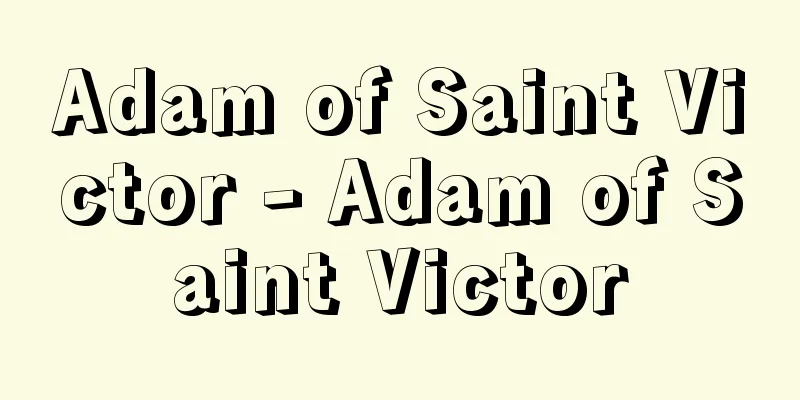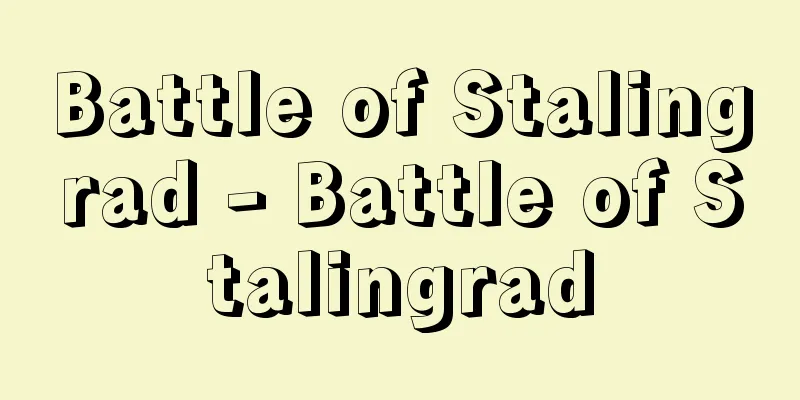Satin

|
It is also written as "shuzi". Unlike twill weave, the weaving points are not continuous, but are arranged at regular intervals. Along with plain weave and twill weave, it is known as one of the three basic weaves of textiles. In terms of weaving, the warp threads only cross the weft threads once in each complete weave (a unit that makes up the weaving structure), so compared to plain weave or twill weave, the surface of the fabric is significantly smoother and more lustrous, but the fabric has a disadvantage in that it has fewer weaving points and therefore is weaker in texture. To ensure that the weaving points are arranged regularly and uniformly at equal distances, something called a flying number is used to prevent diagonal patterns from appearing on the woven surface. Therefore, as the floating threads become longer as the complete weave becomes larger, five-ply or seven-ply satin is generally used. There are two types of satin weave: warp satin, which has many warp threads floating, and weft satin, which has many twisted threads floating. Warp satin is the most common, but woolen fabrics are often made with weft satin due to the nap. Satin weave is not as durable as plain weave or twill weave because it has many floating threads, but if lustrous raw yarns such as silk, rayon, or filament yarn are used for the floating threads, it can become a lustrous fabric. Examples of this include real silk satin, rayon satin, silk thread, and tantan piece. Also, since warp satin and weft satin reflect light differently, it is possible to create a pattern in the same plain fabric by weaving the ground with warp satin and the pattern with weft satin. Examples of this type of weave include patterned satin, patterned satin crepe, and damask. Also, in the case of weft satin, the weft thread can create long floating threads, so if colorful weft threads or gold and silver threads are used to weave this into the ground weave, it can become nishiki or brocade. And because the long float of the weft thread means that it is easy to fluff when put through a brush, it is used in fabrics that are finished by brushing, such as flannel and woolen fabrics, and examples of this include chinchilla, beaver, and velour. In addition, by increasing the number of weaving points in various ways, induced weaves such as twill, granite, and pear weave can be created. [Kadoyama Yukihiro] [Reference item] |Source: Shogakukan Encyclopedia Nipponica About Encyclopedia Nipponica Information | Legend |
|
「朱子」とも書く。綾(あや)織のように組織点が連続していることなく、組織点を一定の間隔に均等して配置した組織の織物。平織、綾織とともに、織物の三原組織として知られている。組織としては、一完全(織物組織を構成する一単位)において経(たて)糸はただ1回だけ緯(よこ)糸と交錯するだけであるから、平織または綾織に比べると、織物の表面が著しく滑らかで、光沢のあるのが特徴であるが、組織点が少ないため、織物の地質が弱いのが欠点である。そこで組織点を規則正しく均一に等距離に配置するため、飛数(とびすう)というものを用い、斜文が織面に現れないように考慮されている。したがって一完全が大きくなると浮き糸が長くなるため、一般には五枚繻子か七枚繻子が用いられる。 繻子織の種類には、経糸を多く浮かせた経繻子と、撚糸(ねんし)を多く浮かせた緯繻子とがある。普通には経繻子が多いが、起毛の関係で紡毛の織物は緯繻子とすることが多い。 繻子織は、浮き糸が多いために織物としての耐久力からいうと平織や綾織に及ばないが、浮き糸に絹、人絹、フィラメント糸など光沢の強い原糸を使うと、光沢に富んだ織物となる。これには本絹繻子、人絹繻子、絖(ぬめ)、タンタンピースなどがある。また経繻子と緯繻子では光線の反射ぐあいが異なるので、地を経繻子で織り紋を緯繻子で織って同じ無地で紋様を表すことができる。このような組織には紋繻子、紋繻子縮緬(ちりめん)、ダマスクなどがある。また緯繻子の場合では、緯糸で長い浮きができるため、これに多彩色の緯糸や、金銀糸を使って地の組織に織り込めば、錦(にしき)、ブロケードなどになる。そして緯糸の浮きが長いことは、起毛機にかけたとき毛羽立てやすいことから、綿ネル、紡毛織物のように起毛して仕上げる織物に使われ、チンチラ、ビーバー、ベロアなどがこれにあてられる。 このほか、組織点をいろいろ増やしていくと、重ね繻子、花崗(かこう)織、梨(なし)地などの誘導組織がつくられる。 [角山幸洋] [参照項目] |出典 小学館 日本大百科全書(ニッポニカ)日本大百科全書(ニッポニカ)について 情報 | 凡例 |
Recommend
Ashiwada [village] - Ashiwada
A village in Minamitsuru County, southeastern Yama...
Kankyo - Kankyo
…Buddhism also followed this example and called t...
Sardulakarnaavadana (English spelling)
...The elements of astronomy unique to India incl...
bud reproduction
… Also called bud reproduction. A type of asexual...
Katai Tayama
Novelist. Born on December 13, 1871 in Tatebayash...
Protestantism - Protestantism
The term Protestantism is a collective term for t...
Harutaka Ooka - Ooka Shumpoku
Year of death: June 19, 1763 (July 29, 1763) Year ...
Magpie (English spelling)
A passerine bird of the Corvidae family (illustrat...
Kayano-sain Temple
…In 1159 (Heiji 1), she became Kamo Saiin, and se...
Oileus - Oileus
… After these feats, he returned to Thebes, freed...
Indirect consumption tax - indirect consumption tax
A consumption tax is a tax that is not levied dire...
Bufotoxin
...The components of toad venom have been studied...
Dallisgrass
A perennial grass of the grass family cultivated i...
Song form - Kayoukeisiki
Lied form is a form of instrumental music. It is a...
Traffic check - Kotsukenmon
In order to prevent and detect violations of traff...









